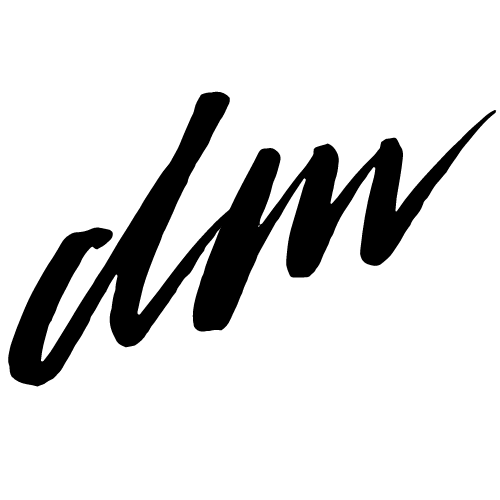For many cultural heritage professionals, the perceived challenges of crowdsourcing are at least as great as the opportunities (Estermann, 2014, pp. 25-26). Several studies have debunked the assumption that crowdsourcing cultural heritage (CCH) requires fewer resources than traditional processes, and reported that some projects have not been cost-effective (Causer et al., 2012; Dunn & Hedges, 2012; Noordegraaf et al., 2014; Ridge, 2014). In their study on modelling CCH, Noordegraaf et al. (2014) found that project constraints and project design significantly impact on project success.
Common constraints impacting on the adoption of CCH and the design of effective websites are lack of infrastructure, insufficient staff and funding, the time and effort required, quality assurance, unpredictable results, lack of expertise and limited understanding of best practice (Crowd Consortium for Libraries and Archives (CCLA), 2014; Estermann, 2014; Holley, 2010; Noordegraaf et al., 2014; Mia Ridge, 2014).
Several CCH case studies have demonstrated that successful projects “reflect a commitment to developing effective interface and technical designs” (Ridge, 2014), but also acknowledged that managing the tension between fulfilling project goals, ensuring a positive user experience, and nurturing a volunteer community is a significant design challenge (Causer et al., 2012; McKinley, 2013; Ridge, 2014). Design guidance relevant for CCH has been limited and fragmented, requiring researchers and practitioners to source and synthesise the findings of relevant studies from various domains and disciplines (Alam & Campbell, 2013; Brabham, 2013; Liew, 2015).
Until recently, crowdsourcing has been discussed in terms of an experimental phase (Lascarides, 2011; Oomen & Aroyo, 2011; Yuxiang Zhao & Zhu, 2012), but this perception is slowly shifting. At the 2015 Crowd Consortium workshop on best practices for crowdsourcing across disciplines, participants identified what is needed to progress to a more mature level of practice. Cultural heritage and academic institutions need to legitimize crowdsourcing “not as a special project or unique experiment” but as an ongoing process. Moving crowdsourcing from “the edge to the core in the day-to-day workflow” may help to address some of the resource constraints impeding project success. To become effective crowdsourcers, cultural heritage professionals and researchers also need training, tools and documentation, and time to develop new skills. Workshop attendees called for toolkits, evaluation techniques, and examples to support best practice (Crowd Consortium, 2015, p. 40).
The needs identified at CrowdConsortium echo those identified by other researchers working in the areas of crowdsourcing (Brabham, 2013; Nakatsu & Grossman, 2013; Rahmanian & Davis, 2014; Y Zhao & Zhu, 2012), human computation (Michelucci, 2013) and citizen science (Reed et al., 2012; Shirk et al., 2012; Wiggins, 2012). It is commonly accepted among crowdsourcers and researchers that there is a need to better understand how to support participation and contribution quality on websites for particular types of crowdsourcing. The particular research problem addressed by my doctoral research is the need for a best practice toolkit to support the design and evaluation of websites for CCH.
Learn more
Motivations to crowdsource and contribute
